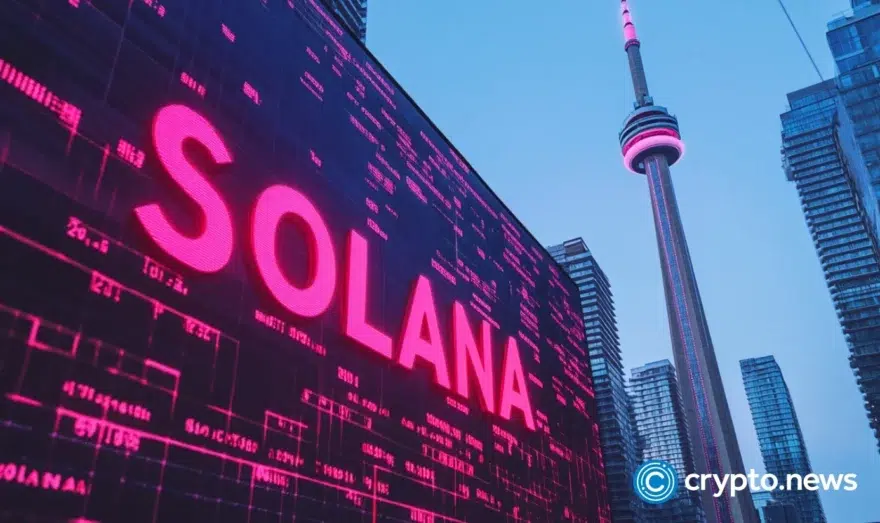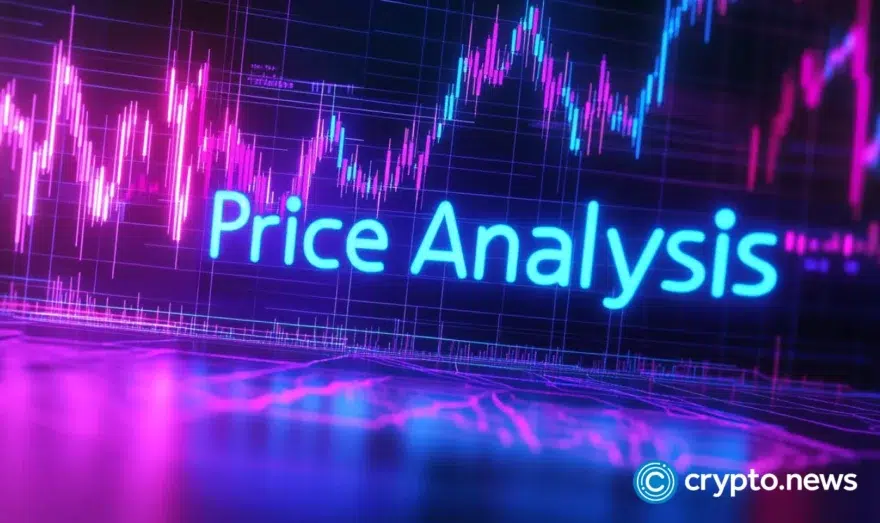Inside Compound (COMP); Platform Risks, Lack of Oracles, And The Incentive to Maximize Individual Profits

Compound, the newly-launched DeFi token famous for reaching a $3 billion market cap within days of listings, is facing scrutiny from analysts and traders as questions about its illiquid markets and lack of utility rise.
Inside COMP
Tony Sheng, described on his twitter page as a startup investor, wrote on the topic earlier this week on his Substack page. Sheng explored the rise of Compound, the risk the platform presents to investors, and the “oracle” problem that DeFi apps face.
Sheng points out that even the Compound team said in a governance proposal that the COMP token was never expected to cross $200, with its distribution not designed with “that high of a price in mind.” Case in point, those bearish on the token were paying 5 percent in fees to short COMP.
For the uninitiated, here’s how Compound works; any team can come and create a new pool, for example, COMP/ETH by depositing x number of COMP and y number of ETH. This x/y ratios determine the “listing price” for the asset and the USD value of all the assets.
However, as pools are created by individual teams, traders are more likely to seek profits than work towards a well-designed and philanthropic ecosystem. All Compound tokens are, by design, made so their price never breaches below the “listing price.”
This allows traders to be the first buyers of COMP in this pool and give them a “risk-free” trade.
The team and investors hold over 46% of the total tokens, in contrast to just 0.03 percent of tokens issued daily. Sheng notes details “are sparse on when those tokens unlock,” meaning overwhelming sell pressure fears among some traders.
Manipulation Fears Abound
Sheng states manipulation in COMP is possible as its spot markets are illiquid relative to derivate markets.
He explains that if teams continue to release tokens “Compound style” with an illiquid AMM listing (Balancer has just done the same) combined with yield farming, then other teams have an incentive to release derivatives products to capture some of that attention.
However, the use of oracles can help address some of these concerns and problems. Oracles are sidechain contracts on that input decentralized outside data to any blockchain, allowing for the transfer of information.
The above is widely used in wrapped assets such as Wrapped Bitcoin and renBTC, with the two being ERC20 tokens that track and mimic the price movements of BTC.
Sheng says oracles need to be difficult to corrupt in order for us to want to use the asset and markets that rely on them. However, some projects, such as Chainlink, can help mitigate this concern.
Chainlink oracles are in much demand these days. The firm was recently recognized by the World Economic Forum as a top-50 tech disruptor, and the Chinese government onboarded its technology for use in the ambitious Blockchain Service Network protocol in Shenzhen.
Meanwhile, drawing parallels with the ICO boom in 2017, Sheng concludes:
“It’s going to be a bumpy road. Just as investors lost their shirts buying into the outlandish promises of the ICO era, so too will investors in the DeFi era lose their shirts under-appreciating the risks of illiquid markets and corruptible oracles.”













